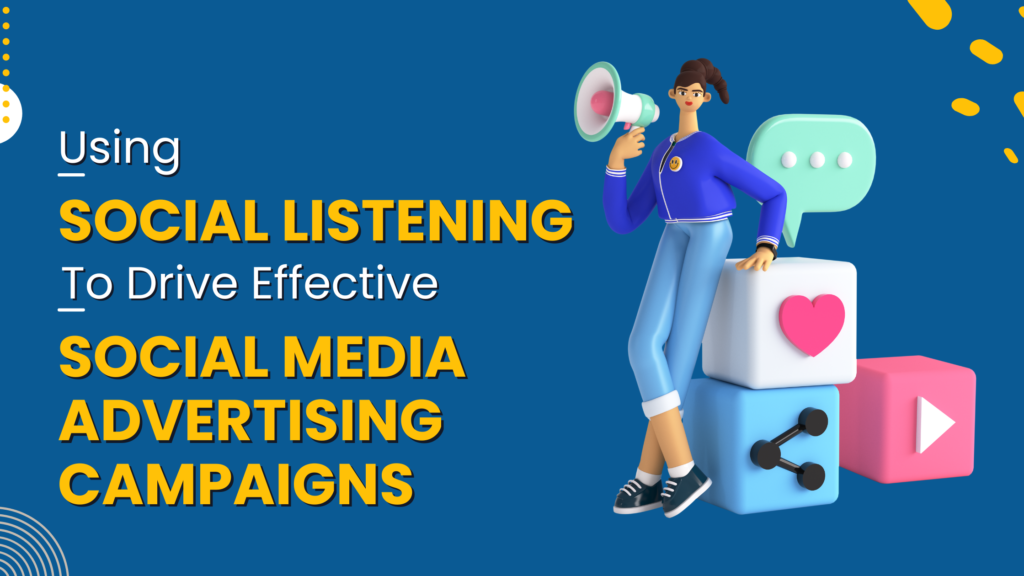77% of both B2B and B2C marketers claim to use retargeting ads as a key component of their advertising strategies on Facebook and Instagram. As the digital landscape continues to evolve, social listening in advertising has become paramount. This blog will delve deep into how social listening can drive effective social media advertising campaigns, offering insights on competitor analysis in advertising, best practices, and the role of social media listening in shaping advertising strategies. Whether you’re a seasoned marketer or just starting out, understanding the nuances of social listening can be a game-changer for your campaigns.

